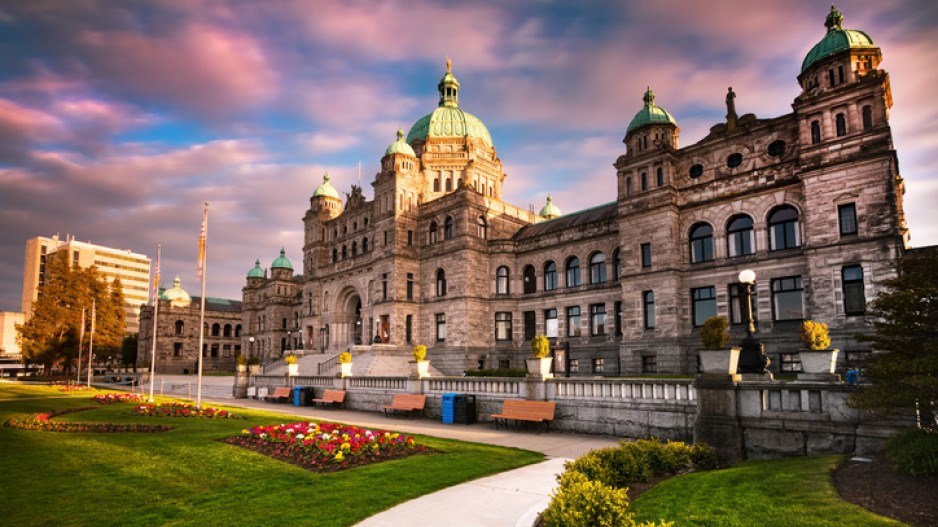To say that last week marked an historic time for recognizing and strengthening the rights of Indigenous people is an understatement.
Not only did 32 First Nations leaders travel to the Vatican and receive a formal apology from Pope Francis for the tragic and abusive legacy of residential schools, but Prime Minister Justin Trudeau finally visited a residential school site in B.C. and pledged to provide more resources to investigate that sorry legacy.
But another historic event occurred at the legislature in Victoria and it is one that, over time, may represent the most lasting and positive impact on Indigenous rights.
For the first time, a detailed “action plan” covering the implementation of the “Declaration on the Rights of Indigenous Peoples” going forward was released.
The declaration was enshrined into law back in November 2019, but it has never been clear how it would actually work in practice and how it would impact laws, statutes, industry and the community as a whole.
This ambitious new “action plan” spells out 89 specific (and some of them not so specific) kinds of action that are supposed help achieve the declaration’s objectives over the next five years.
Some of the action items are aimed at vastly improving the health outcomes for Indigenous people and guaranteeing them better access to educational and social services. Others are designed to tackle racism head-on and to protect cultural traditions.
The vast majority of the 89 action items will no doubt have strong support from within both indigenous and non-indigenous communities.
Where it will be interesting and, yes, challenging, is the interpretation of the declaration when it comes to things like land-use decisions and industrial development, especially natural resource industries. Even with this new action plan, there still appears to be a fair degree of uncertainty attached to those areas.
There is no doubt that First Nations will have a stronger say over any activities that take place on their unceded territory, but how strong that voice will be is a work in progress.
B.C. has 204 First Nations. Many have overlapping land claims with other First Nations and not all see each issue the same way. The Coastal Gaslink pipeline in northwest B.C. is a good example of the often tricky process that can come with securing support from a First Nations for an economic project.
In that situation, the pipeline has the support of the elected band members of the local First Nations but not the support of several hereditary chiefs, who are not elected. It is a muddled situation and it is not entirely clear how this new action plan will impact that situation.
Although the plan is designed to be completed over five years, it is more likely to take much more time to achieve these lofty and at times groundbreaking (and, to be clear, at times undefined) action items.
Nevertheless, it represents an historic opportunity for B.C. governments, industries, communities and First Nations to dramatically alter the landscape like never before in this province.
There will undoubtedly be some missteps and controversies in the years ahead, but everyone is heading down a more clearly defined path now.
Keith Baldrey is chief political reporter for Global BC.



